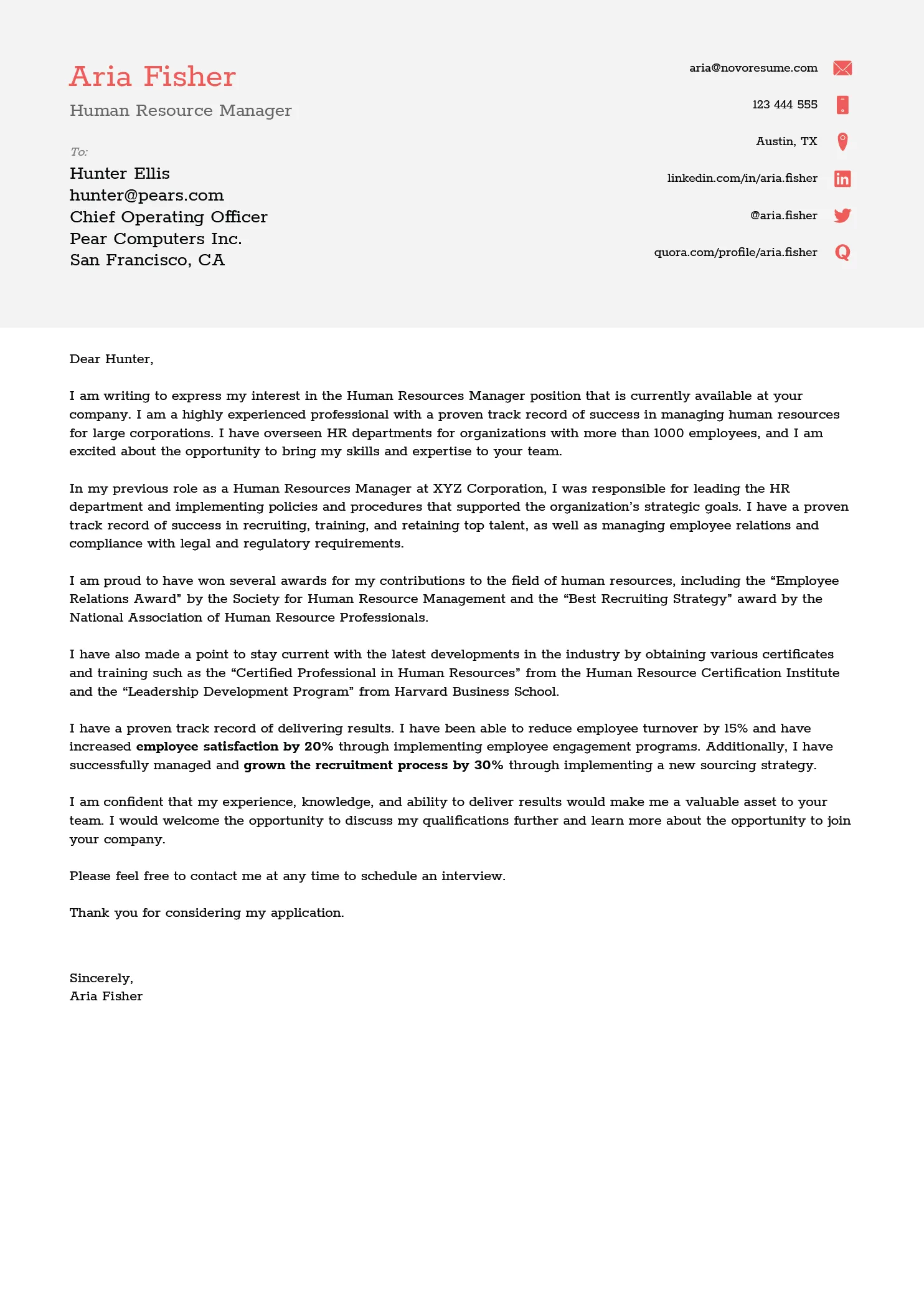Cover Letter Secrets Top 7 Tips to Get Hired
In today’s competitive job market, a well-crafted cover letter is your secret weapon. It’s your first impression, your chance to shine, and the key to unlocking your dream job. But writing a cover letter can be daunting. Fear not! This guide reveals the top 7 secrets to writing a cover letter that will get you noticed, land you an interview, and ultimately, get you hired. By mastering these tips, you will transform your cover letter from a generic formality into a compelling narrative that showcases your unique value and makes you stand out from the crowd. These secrets are designed to equip you with the knowledge and tools needed to create a cover letter that resonates with employers and opens doors to new opportunities.
Understanding the Purpose of a Cover Letter
A cover letter isn’t just a formality; it’s a crucial component of your job application package. It serves as a personal introduction, allowing you to expand on your resume and provide a more in-depth understanding of your skills, experience, and aspirations. It’s an opportunity to connect with the hiring manager on a personal level, demonstrating your genuine interest in the company and the specific role. The cover letter lets you tell your story, highlighting how your background aligns with the job requirements and why you’re the perfect fit. It’s your chance to show your personality and enthusiasm, which are often lost in the structured format of a resume. This is where you can truly differentiate yourself from other candidates.
Why a Cover Letter is Important
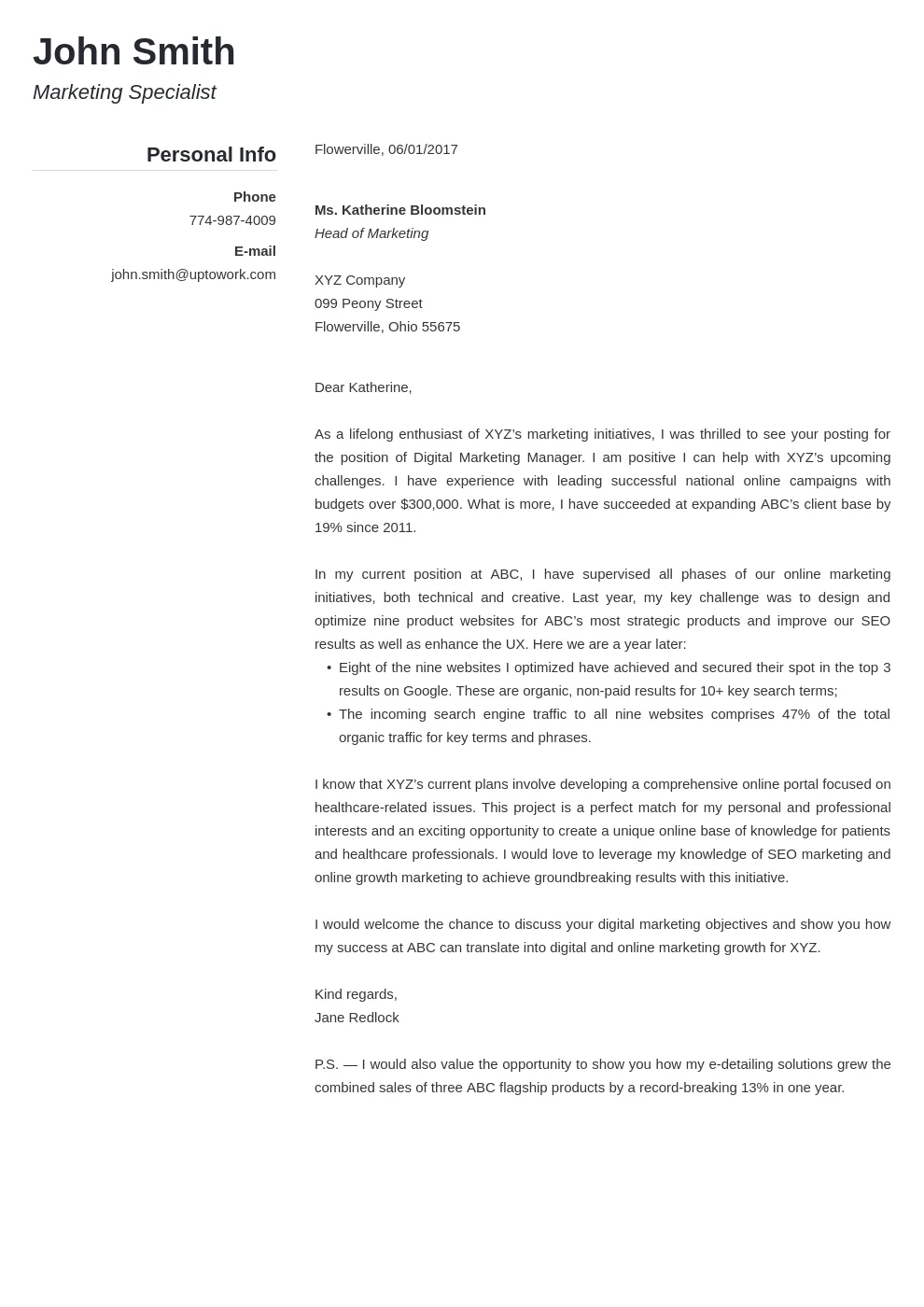
Why is a cover letter so important? First and foremost, it demonstrates your communication skills. A well-written cover letter proves that you can articulate your thoughts clearly and concisely. Secondly, it shows your attention to detail. A cover letter that is free of errors and tailored to the specific job demonstrates your commitment to excellence. It also highlights your research. By showcasing your knowledge of the company and the role, you demonstrate that you have done your homework and are genuinely interested in the opportunity. Finally, a cover letter allows you to address any potential gaps or concerns in your resume, such as a career change or a period of unemployment. It provides context and reassurance to the hiring manager, increasing your chances of getting an interview. Without a cover letter, your application is incomplete.
Tip 1 Personalize Your Cover Letter
One of the biggest mistakes job seekers make is sending generic cover letters. Tailoring your cover letter to each job is crucial for making a strong impression. Generic cover letters are easily identified and often dismissed. A personalized cover letter shows that you have taken the time to understand the specific needs of the company and the role. This attention to detail instantly sets you apart from candidates who are simply sending out mass applications. Personalization demonstrates your genuine interest and your willingness to go the extra mile. Remember, a cover letter is your chance to show the employer why you are the right person for the job.
Tailoring Your Letter to the Specific Job
Every job posting has specific requirements and expectations. Read the job description carefully, noting the key skills and qualifications that the employer is seeking. Then, highlight the experiences and skills from your background that directly align with those requirements. Use the language of the job description in your cover letter. This demonstrates that you understand the role and are capable of performing the required duties. This will make you appear as a perfect match for the position and show the hiring manager that you have the skills they are looking for, and can explain why you are the ideal candidate.
Researching the Company and the Role
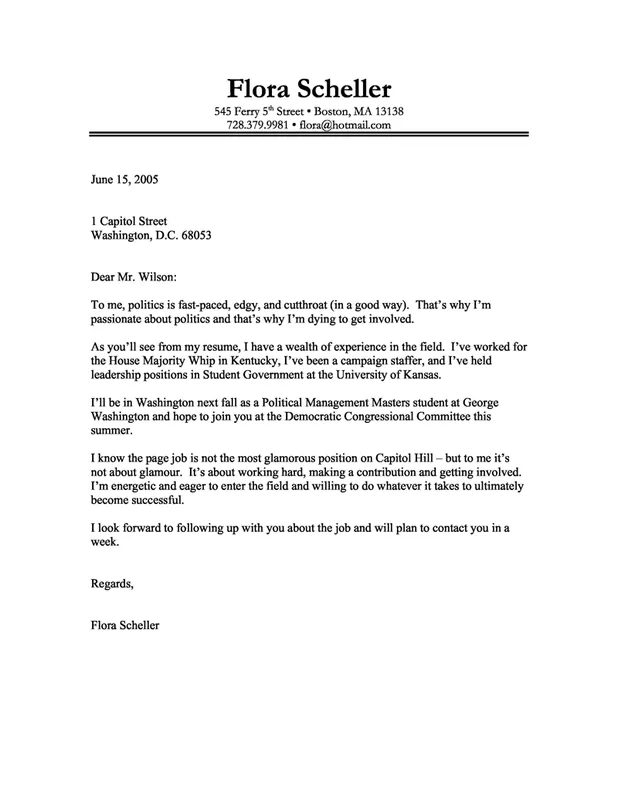
Before you even begin writing, research the company thoroughly. Visit their website, read their mission statement, and learn about their products or services. Also, research the role itself. Understand the responsibilities, the team, and the company culture. This information will help you tailor your letter to the specific needs of the company and the role. Mention specific projects, initiatives, or values that resonate with you. This demonstrates your genuine interest and shows the hiring manager that you’ve done your homework. Showing you have done your research sets you apart from the competition.
Tip 2 Highlight Relevant Skills
Your resume lists your skills and experience, but your cover letter is where you can elaborate on them. Focus on the skills and experiences that are most relevant to the job you are applying for. Don’t just list your skills; provide specific examples of how you have used those skills to achieve results. Use action verbs to describe your accomplishments and quantify your achievements whenever possible. This approach makes your skills more tangible and demonstrates your ability to deliver results. Also, highlight the skills that the employer is seeking in the job description. By aligning your skills with the job requirements, you will quickly show the hiring manager that you’re a strong fit for the role.
Matching Skills to Job Requirements
Carefully review the job description and identify the key skills and qualifications that the employer is seeking. Then, compare those requirements to your own skills and experiences. Make a list of the skills that match and the skills that you have. In your cover letter, specifically mention those skills and provide examples of how you have used them in the past. This shows the hiring manager that you have the skills and the experience necessary to be successful in the role. This is the most crucial step in making a positive first impression. The more you match, the better your chances of being called for an interview.
Quantifying Your Achievements
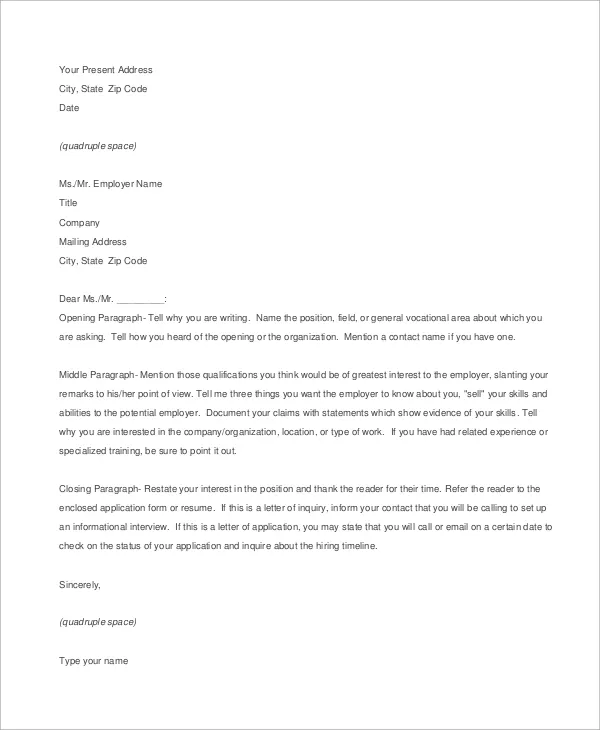
Instead of simply stating that you possess a skill, quantify your achievements. Use numbers, percentages, and metrics to demonstrate the impact of your work. For example, instead of saying, ‘I improved customer satisfaction,’ say, ‘I increased customer satisfaction scores by 15% through the implementation of a new feedback system.’ Quantifying your achievements provides concrete evidence of your skills and accomplishments. It makes your claims more credible and helps the hiring manager understand the value you can bring to the company. When possible, use data to back up your claims. Show the hiring manager what you can achieve.
Tip 3 Showcase Your Enthusiasm
Enthusiasm is contagious. It’s also a valuable asset in the workplace. Your cover letter is the perfect place to express your genuine interest in the company and the role. Show that you are excited about the opportunity. Avoid sounding generic or indifferent. Instead, use your cover letter to share your enthusiasm for the company’s mission, values, or products. Let the hiring manager know why you’re excited about the possibility of joining their team. Highlight specific aspects of the company or role that appeal to you and make a lasting impression. Your enthusiasm can be the deciding factor, especially when you are competing with equally qualified candidates.
Expressing Genuine Interest in the Company
Demonstrate your genuine interest by referencing specific aspects of the company. Mention the company’s mission, its values, or its recent achievements. Show that you have researched the company and understand its goals. Tell the hiring manager what excites you about the opportunity to work for their organization. A generic statement of interest won’t cut it. Your statement should be specific and personal. Avoid generic phrases like ‘I am excited about this opportunity.’ Instead, say something like, ‘I am particularly drawn to [Company’s] commitment to [Value] and believe my experience in [Skill] aligns perfectly with your goals.’ Doing so makes you stand out from others.
Demonstrating Your Knowledge of the Industry
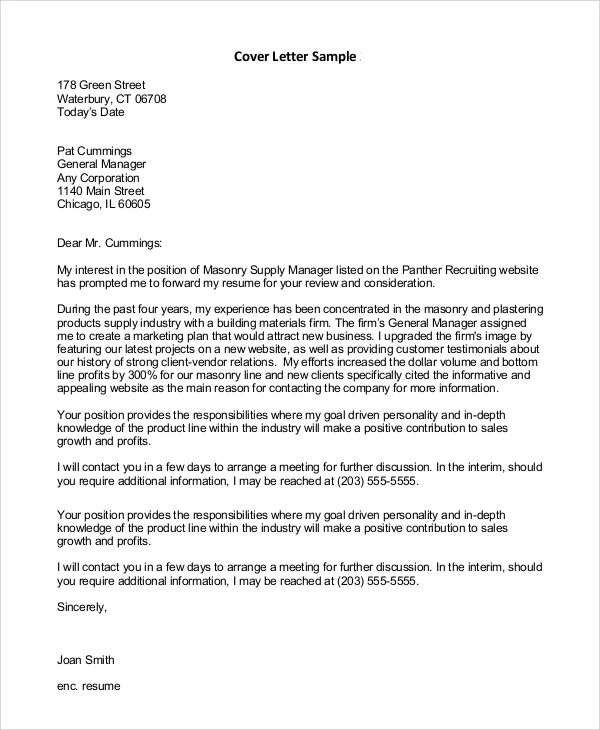
Demonstrate your knowledge of the industry by mentioning recent trends, challenges, or developments. Show that you are up-to-date on the latest industry news and are engaged with the field. This demonstrates your passion and commitment to your profession. Mentioning your understanding of the industry also shows that you can quickly get up to speed and contribute meaningfully to the company. You could mention relevant publications, conferences, or thought leaders in the industry. This will showcase your industry expertise, positioning you as a well-informed and engaged professional ready to contribute to the company’s success from day one. Mentioning these things shows you’re serious about your profession.
Tip 4 Keep it Concise and Focused
Hiring managers are busy people. They don’t have time to read lengthy cover letters. Keep your letter concise and focused, typically one page in length. Get straight to the point and avoid unnecessary details. Every word should contribute to the overall message and highlight your qualifications. A concise and focused cover letter demonstrates your respect for the hiring manager’s time. It also shows your ability to communicate clearly and efficiently. Remember, the goal is to make a strong first impression and encourage the reader to review your resume. Getting right to the point demonstrates your ability to provide only relevant information.
The Ideal Length for a Cover Letter
The ideal length for a cover letter is one page. While there is no strict rule, aim to keep your letter concise and easy to read. A one-page cover letter allows you to provide enough information to make a strong impression. You can highlight your most relevant skills and experiences without overwhelming the reader. If you find that your cover letter is exceeding one page, revise it carefully, focusing on the most important information and removing any unnecessary details. Focus on providing enough information to show the hiring manager why you’re the perfect fit for the job. A well-written, one-page cover letter is far more effective than a rambling, multi-page document.
Avoiding Redundancy and Wordiness
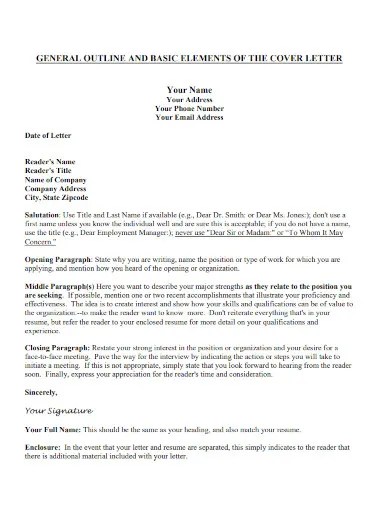
Avoid repeating information that is already in your resume. Your cover letter should complement your resume, not duplicate it. Focus on expanding on your key qualifications and providing specific examples of your achievements. Also, avoid wordiness and unnecessary jargon. Use clear, concise language. Remove any phrases that don’t add value to your message. Every word should serve a purpose and contribute to your overall narrative. Less is often more. Write with precision and clarity and avoid using complex sentences. Your cover letter should be easy to read and understand. Proofread your letter carefully to eliminate any redundancies or unnecessary words.
Tip 5 Use a Professional Tone
Your cover letter is a professional document. Use a professional tone throughout the letter. Avoid using slang, jargon, or overly casual language. Be respectful and formal. This means using proper grammar, punctuation, and spelling. Avoid using contractions or abbreviations. While you want to show your personality, you must always maintain a professional demeanor. Your goal is to create a positive impression and demonstrate that you are a serious candidate for the job. Your choice of words, tone, and language is crucial for establishing that impression. A professional tone is essential in making you appear as a worthy professional to the hiring manager.
Choosing the Right Language and Style
Choose language and style that are appropriate for the company and the industry. Research the company culture and tailor your language accordingly. In general, use clear, concise language. Avoid using overly complex sentences or jargon. Be direct and to the point. Your writing style should be professional and easy to read. Use active voice instead of passive voice. This makes your writing more direct and engaging. The choice of language and style contributes significantly to the overall impression you make. Your style should be consistent with the company’s brand and culture. Maintain a consistent tone and style throughout the letter.
Proofreading for Errors
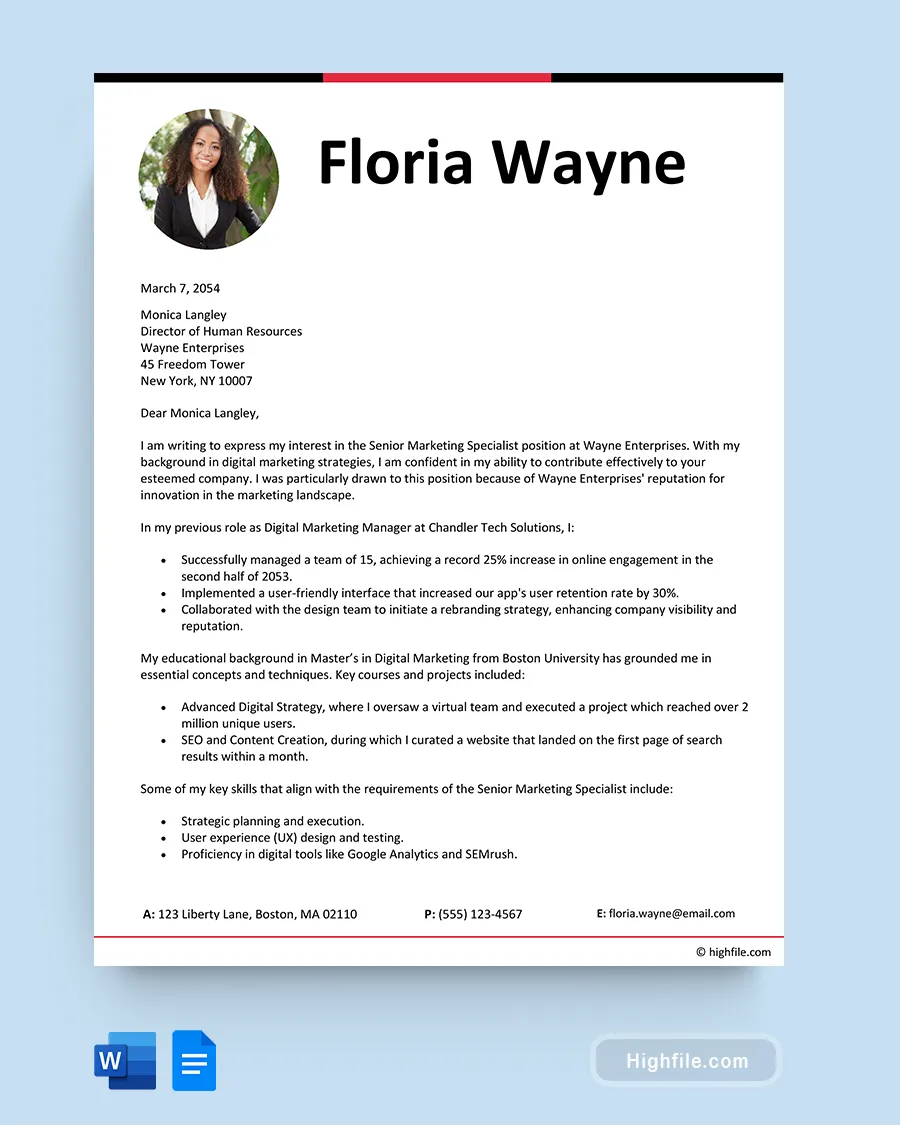
Before you send your cover letter, proofread it carefully for errors. Errors can undermine your credibility and damage your chances of getting the job. Check for spelling, grammar, punctuation, and formatting errors. Read your letter aloud to catch any awkward phrasing or sentences. Then, have someone else read your letter. Another pair of eyes can often catch errors that you might have missed. Use a grammar and spell checker, but don’t rely on it completely. Proofreading is a critical step in the cover letter writing process. A polished, error-free cover letter demonstrates your attention to detail and professionalism. Always give your work a final review before submitting it. No matter how great your writing is, errors can make you look unprofessional.
Tip 6 Format Your Letter Properly
Formatting is crucial for making your cover letter visually appealing and easy to read. A well-formatted cover letter is more likely to capture the hiring manager’s attention. Use a professional font such as Times New Roman, Arial, or Calibri. Choose a font size of 11 or 12 points. Use standard margins of 1 inch on all sides. Use single spacing within paragraphs and double spacing between paragraphs. Consider using bullet points to highlight key skills or accomplishments. Format your cover letter in a way that is clean, organized, and easy on the eyes. A well-formatted cover letter shows that you pay attention to detail and respect the hiring manager’s time.
Choosing a Readable Font
The font you choose can significantly impact the readability of your cover letter. Choose a professional and easy-to-read font, such as Times New Roman, Arial, or Calibri. Avoid using overly decorative or unconventional fonts. The font size should be between 11 and 12 points. Ensure that the font is consistent throughout the letter. A readable font ensures that your cover letter is easy on the eyes and that the hiring manager can quickly grasp your message. Make it easy for the reader. If they have to struggle, you have already lost the reader’s attention.
Structuring Your Letter for Easy Reading
Structure your cover letter in a way that is easy to read and follow. Use clear and concise paragraphs. Use headings and subheadings to break up the text and guide the reader. Use bullet points to highlight key skills or accomplishments. Start with a strong opening paragraph that grabs the reader’s attention and clearly states the purpose of your letter. Follow this with a few paragraphs that highlight your relevant skills and experiences. End with a strong closing paragraph that summarizes your qualifications and reiterates your interest in the role. A well-structured cover letter demonstrates your ability to communicate clearly and efficiently.
Tip 7 Include a Strong Call to Action
Your cover letter shouldn’t just be a recitation of your qualifications. It should also encourage the hiring manager to take action. Include a strong call to action that clearly states what you want the reader to do. The goal is to secure an interview. The call to action is your final chance to leave a lasting impression and guide the hiring manager toward the next step in the hiring process. A call to action is essential for maximizing your chances of getting an interview and ultimately, getting the job. Make sure you use a clear and concise statement and invite the hiring manager to review your resume and schedule an interview.
Requesting an Interview
Make it clear that you are available for an interview and that you are enthusiastic about discussing the opportunity. Express your interest in learning more about the position and the company. Keep it simple, yet assertive. Suggesting that you are available for an interview is a direct way of letting the hiring manager know you are ready and willing to move forward in the process. Be direct and make it easy for the hiring manager. A direct invitation to an interview is your chance to make an impact.
Providing Contact Information
Make it easy for the hiring manager to contact you. Provide your phone number and email address in your cover letter. Also, include your LinkedIn profile URL, if applicable. Make sure your contact information is accurate and up-to-date. Review it carefully. A call to action is useless if the hiring manager can’t contact you. Providing your contact information makes it convenient for the hiring manager. Make it easy for them to reach you. Also, make it easy to connect with you via LinkedIn. Including your contact information is the final step and a necessary one. Double check all of the information to ensure it is correct.
